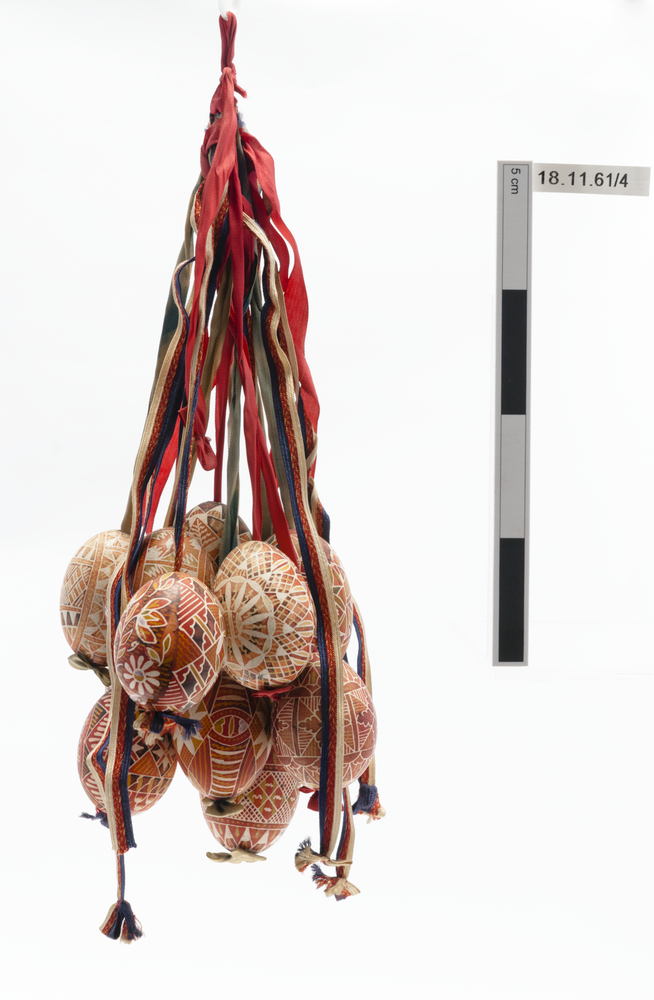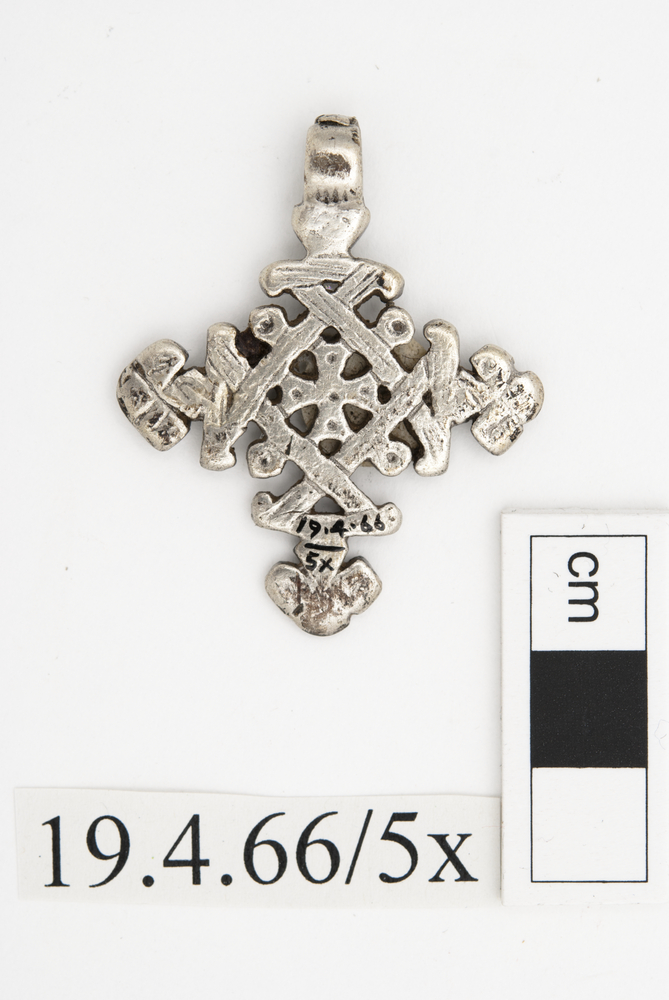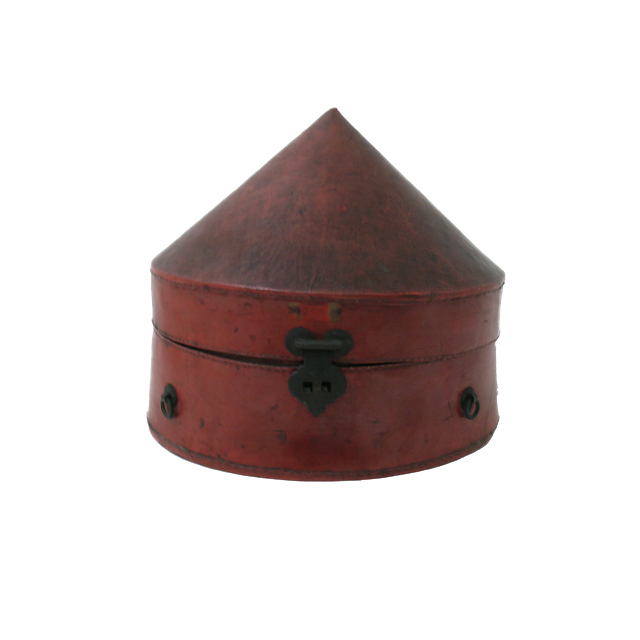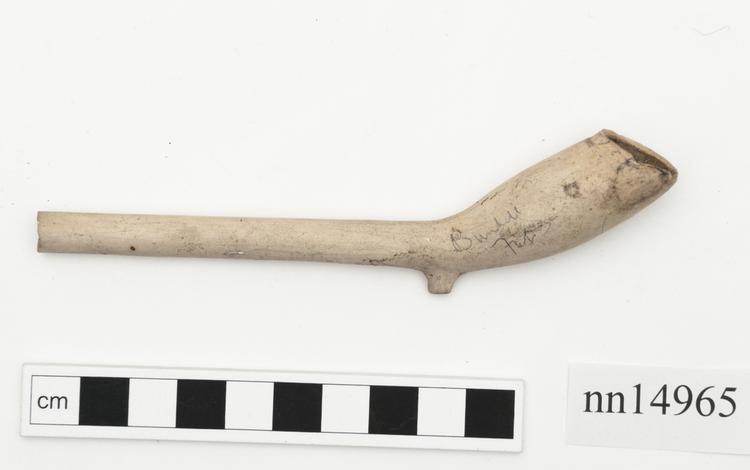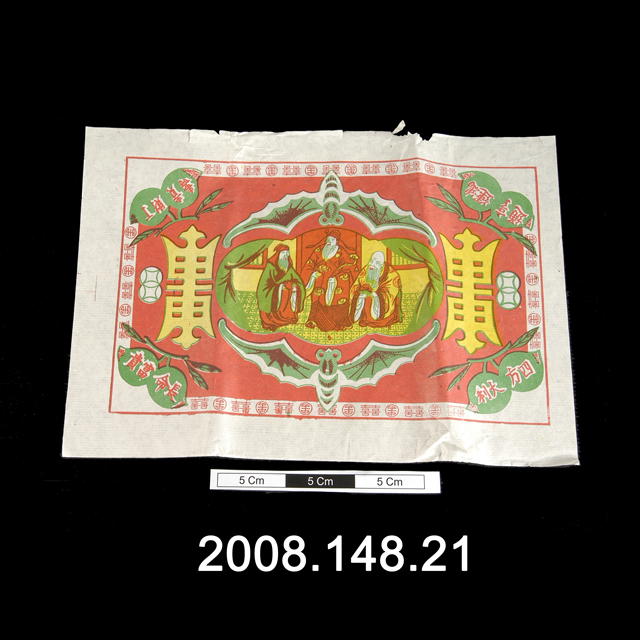
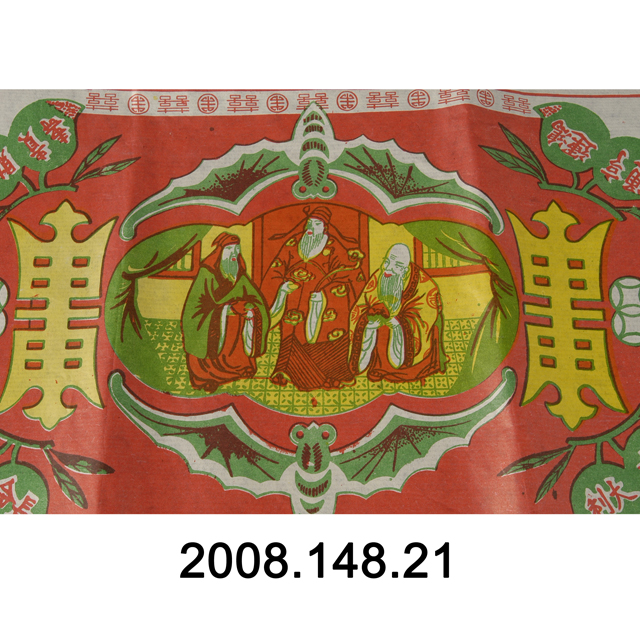
White horizontal rectangular paper offering with printed design in many colours. The three central figures from left to the right are the well-known Chinese deities ‘Fu, Lu, and Shou’ (in Chinese: 福祿壽), with the concept of prosperity (Fu), status (Lu), and Longevity (Shou). The two bats depicted above and below the central figures also have meaningful metaphors. In Chinese, bat reads 蝙蝠 ‘biang fu’. The pronunciation of 蝠 ‘fu’ is the same as 福 ‘fu’ with the meaning of ‘blessings and happiness’. The two characters on the left and the right hand side of the central figures both refer to ‘longevity’ (in Chinese: 壽, ‘shou’). The inscriptions running around the edge are all auspicious phrases in Chinese, which are commonly used to express auspicious wishes and blessings to other people. The four characters in the bottom left hand corner reads 長命富貴, which means ‘May you have a long life of abundance and respectability’; another phrase in the bottom right hand corner is 四方大利, meaning ‘May good fortune and wealth from all over the world come generously to you‘; the phrase in the top left hand corner reads 丁財貴壽, with the meaning of ‘May you acquire great wealth as well as longevity’; and the one in the right top hand corner is 鴻運亨通, meaning ‘May you have good luck and great success’. The four phrases are all in an orange-shaped frame. Mandarin oranges are the most popular and abundant fruit during Chinese New Year. The name of an orange ‘gik’ (in Chinese: 橘) in Teochew dialect is a homophone of ‘luck’ or ‘fortune’ (in Chinese: 吉, ‘ji’). The frame which connects the four auspicious phrases is filled with two Chinese characters: 囍 ‘xi’ and 壽 ‘shou’. Because another Chinese character 喜 ‘xi’ means ‘happiness’, the word 囍 ‘xi’ is often translated as ‘double happiness’. It is widely used in oriental Chinese ornamental designs, especially as a decoration and symbol of marriage. Therefore, the colour of this character is usually red. The ‘shou’ character here is in a round shape, which implies a complete and perfect life.



